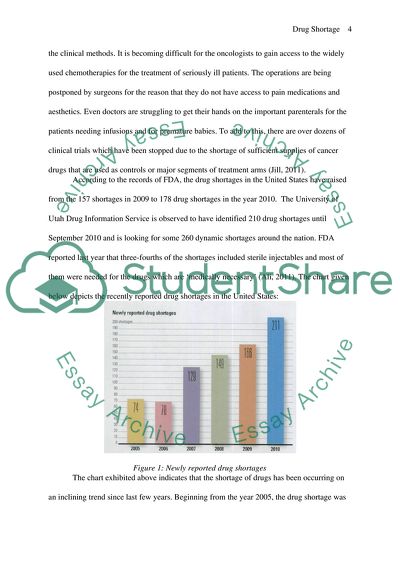Cite this document
(Drug Shortage in Pharmaceutical Industry Report, n.d.)
Drug Shortage in Pharmaceutical Industry Report. https://studentshare.org/health-sciences-medicine/1770990-pharmacutical-industry-issues
Drug Shortage in Pharmaceutical Industry Report. https://studentshare.org/health-sciences-medicine/1770990-pharmacutical-industry-issues
(Drug Shortage in Pharmaceutical Industry Report)
Drug Shortage in Pharmaceutical Industry Report. https://studentshare.org/health-sciences-medicine/1770990-pharmacutical-industry-issues.
Drug Shortage in Pharmaceutical Industry Report. https://studentshare.org/health-sciences-medicine/1770990-pharmacutical-industry-issues.
“Drug Shortage in Pharmaceutical Industry Report”. https://studentshare.org/health-sciences-medicine/1770990-pharmacutical-industry-issues.


